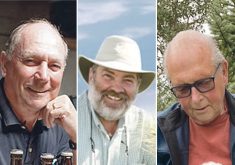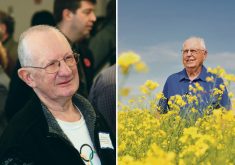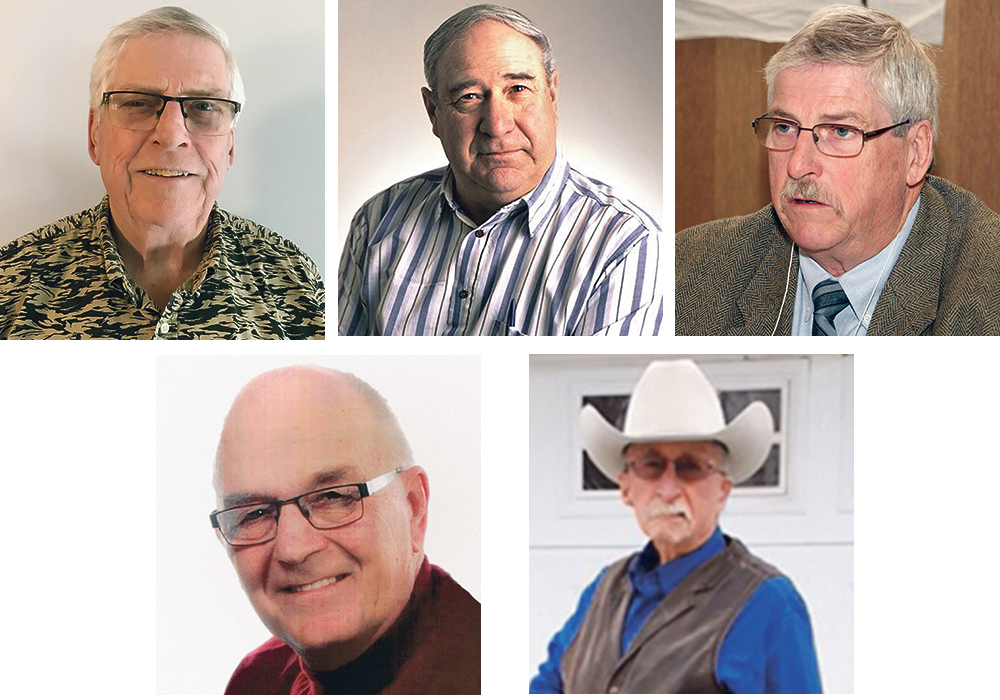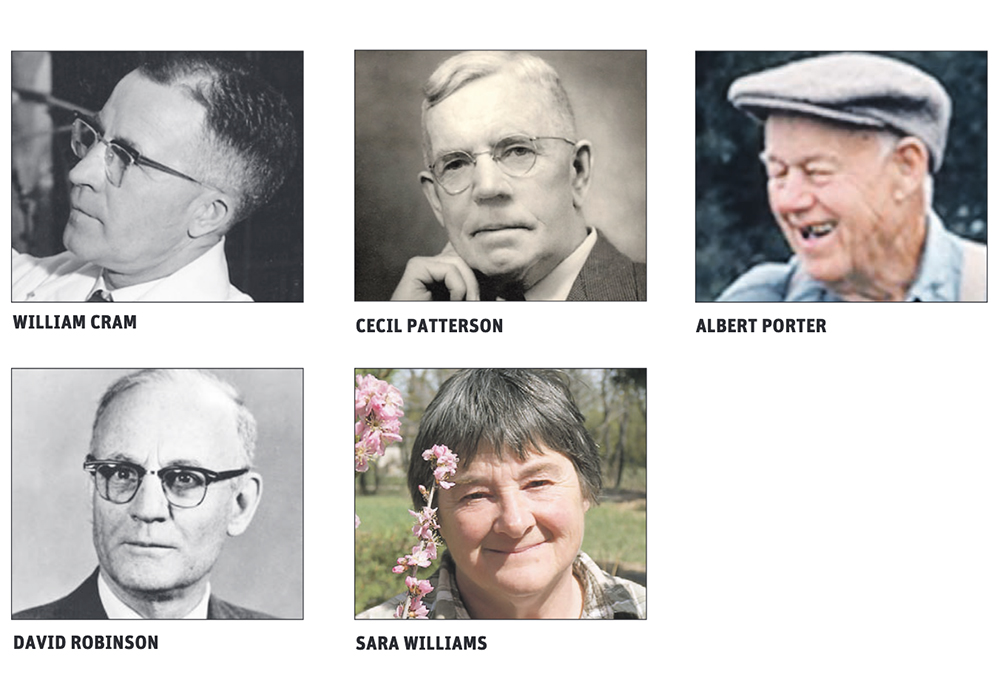The Saskatchewan Agricultural Hall of Fame recognizes leaders from all sectors of the industry. This column highlights some of those recognized for their work in agricultural innovation.
Patrick Michel Beaujot (2016) attributes his drive for agriculture to his parents, who were the first in their area to stop summerfallowing in favour of continuous cropping and applying fertilizer.
By his teen years, Beaujot knew he wanted to be a farmer. In 1986, he took over the family farm with his brother, Norbert, with the goal of reducing tillage.
Read Also

Canadian Food Inspection Agency extends chronic wasting disease control program consultation deadline
Date extended for consultation period of changes to CWD program
So began the journey toward the establishment of agricultural equipment maker Seed Hawk, with agronomist Pat, agriculture engineer Norbert and machinist Brian Kent seeding the 1992 crop with their prototype.
After convincing enough farmers it was worth having an hydraulic cylinder on every opener, the company was sustainable by 1995. His second invention was the sectional control technology for their seeders.
Beaujot is proud of what they accomplished.
“When I see rows of plants growing between stubble rows in a field that has not been tilled for decades knowing the soil has improved and the yields have improved and the environment has improved because of no till make me very proud of what my brother, Kent and I did,” he says.
Seed Hawk was sold just before Beaujot’s induction into the hall of fame and he remained with the company for years during the transition.
Then, he says, he was fully retired, enjoying family and golf until a farmer friend had an idea, and now the innovator is creating an alternative for grain storage.
Western Canada is, as Beaujot says, “a hotbed of agriculture innovation” with farmers who have survived low prices, drought, floods, high interest years and little or no subsidies compared to other countries.
These survivors know that innovation and a willingness to change lead to sustainability and prosperity.
“We have the opportunity and obligation to lead the world in ways to increase production to feed the growing world,” he adds.
Beaujot sees the biggest challenge in agriculture today as building public trust, and is currently on the board of Farm and Food Care Saskatchewan working to increase that trust in our safe, efficient food supply and our producers.
Emerson Hilton Summach (1990), machinist and farmer, in 1947 developed the idea for a coil land packer and in 1950 built one.
The next year Summach started his own company producing packer coils to pull behind the discer.
Its purpose was to reduce soil drifting and was the beginning of Flexi-Coil Land Packers Ltd.
Olaf Friggstad (1997), a second-generation Saskatchewan farmer, built his own cultivator to incorporate ideas not available on other products. This innovative, entrepreneurial pioneer in farm equipment design and manufacturing then created Friggstad Manufacturing Ltd. with two of his sons on the Friggstad farm near Frontier to manufacture tillage better suited for farming rolling land and working through trash cover.
Although FML also built rock pickers, bale wagons and harrows, its primary tillage product evolved into air seeders after years of research and design development led by son, Terry.
FML boosted the local Frontier and region economy, which was a foundational objective for Olaf. FML assets and equipment designs were eventually purchased by Flexi-Coil and the FML tillage and air drill product line continued in production. Today, it continues under the ownership of CNH.
The FML factory in Frontier is now home to another innovative group, Honey Bee Manufacturing.
George Henry Morris (1997) began his career with improvements to the rod weeder in 1930 and expanded to seeding and tilling equipment.
He once said, “I’ve always felt it’s more important to listen to the farmer, he’s the one who knows what he wants.”
Linda Braun is a Saskatoon freelance writer with an extensive background in the region’s agriculture and food.















